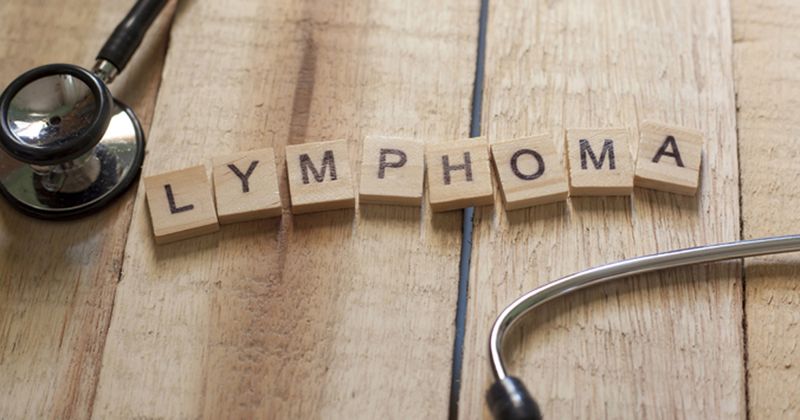HyBryte exhibits positive outcomes in early-stage cutaneous T-cell lymphoma
Key takeaways:
- HyBryte is a novel, first-in-class, photodynamic therapy utilizing safe, visible light for activation.
- Three of the four subjects who completed at least 12 weeks of therapy achieved treatment success.
New interim results showed that HyBryte treatment demonstrated positive outcomes in patients with early-stage cutaneous T-cell lymphoma, according to a Soligenix press release.
Previously showing efficacy and safety in the phase 3 FLASH trial, HyBryte (Soligenix) is a novel, first-in-class, photodynamic therapy utilizing safe, visible light for activation to penetrate deeply into the skin and treat conditions such as cutaneous T-cell lymphoma (CTCL). The current study, which is investigator-initiated and FDA-funded, has so far enrolled and treated six patients with HyBryte for to 44 weeks.

“CTCL is an incredibly difficult-to-treat orphan disease and remains an area of unmet medical need with a very limited number of safe and effective treatment options,” Christopher J. Schaber, PhD, president and CEO of Soligenix Inc., said in the release. “We are pleased with the initial study results and with the FDA’s support of the [investigator-initiated study] that provides CTCL patients an opportunity to access HyBryte in an open-label setting.”
So far, patients have responded positively to HyBryte with three of the four subjects who have completed at least 12 weeks of therapy already achieving treatment success, defined as a 50% or greater improvement in their cumulative modified Composite Assessment of Index Lesion Severity score vs. baseline.
Of the three successes, two were achieved within the first 12 weeks, whereas the third was achieved within 18 weeks. Two of the remaining patients have just initiated their treatments and have not yet reached their efficacy evaluation period. The final patient has demonstrated substantial improvement at their week 18 visit but has not achieved the success threshold at this time.
“We will continue to provide additional updates on the [investigator-initiated study] as data become available,” Schaber said.
